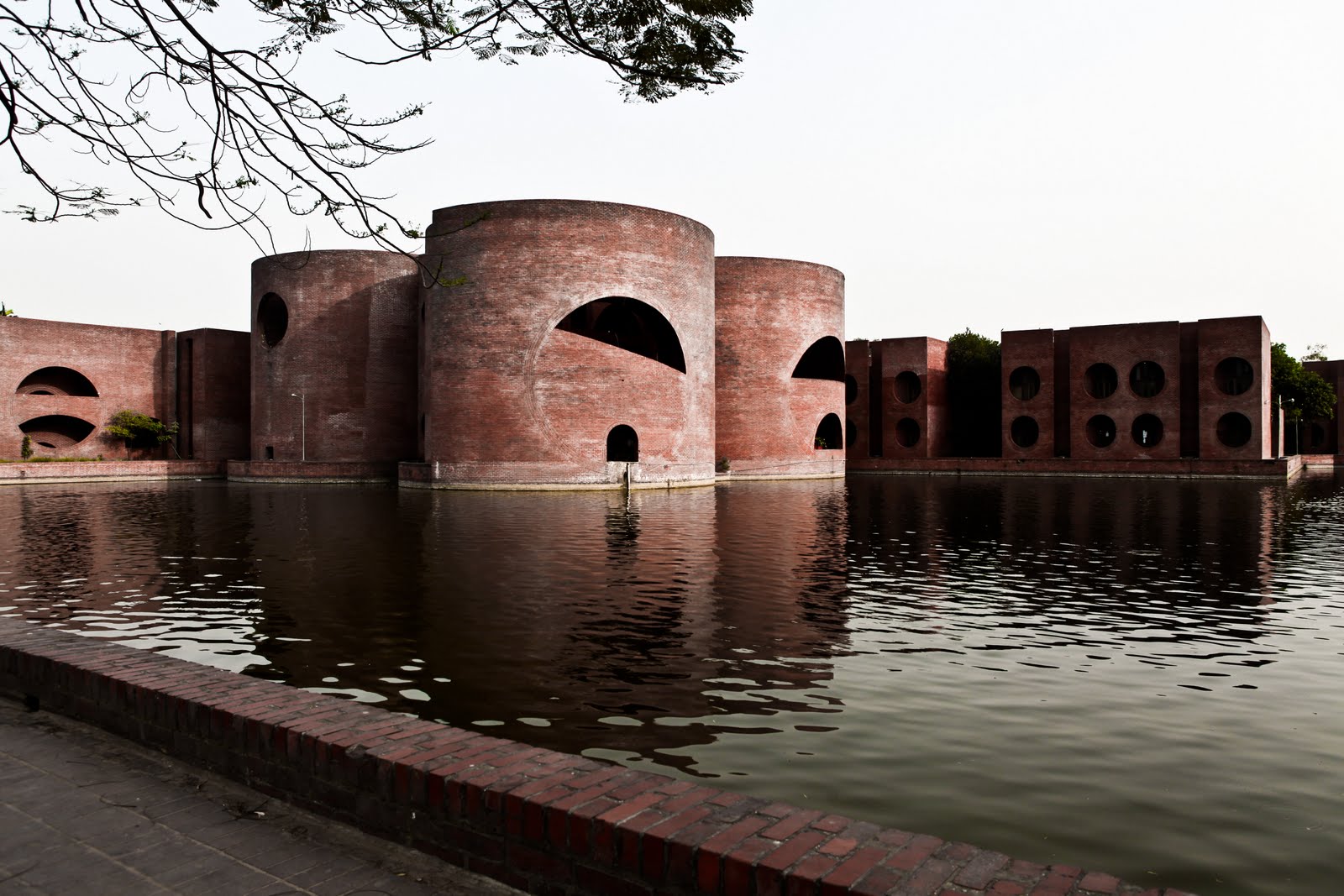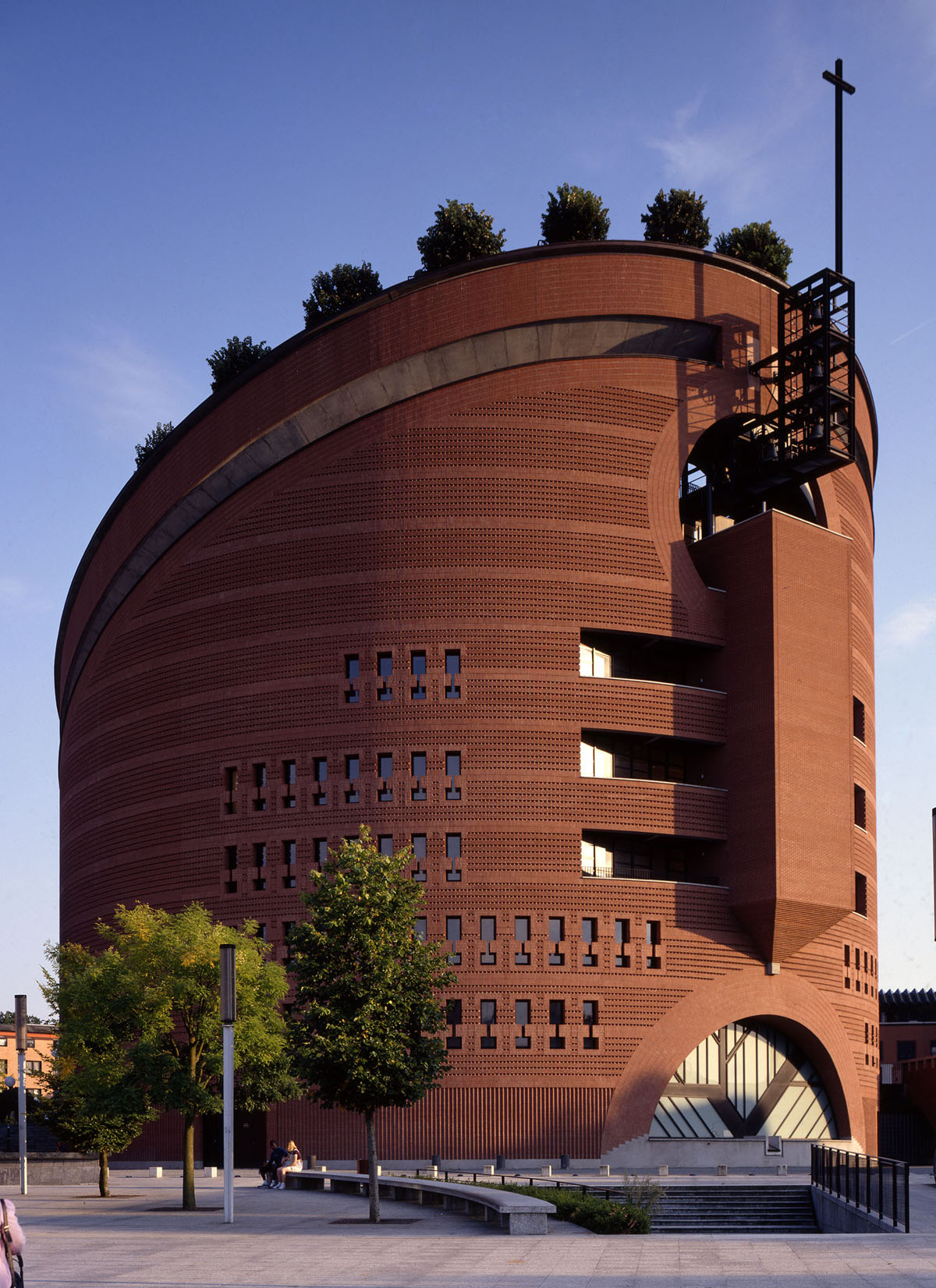 |
| Syracuse, NY. Westminster Stairs. Luna looks at Sam and thinks "Are you crazy?" Photo: Samuel Gruber 2017 |
 |
| Syracuse, NY. Westminster Stairs, vw down to Euclid Ave. Photo: Samuel Gruber 2017 |
|
 |
| Syracuse, NY. Westminster Park. Photo: Samuel Gruber 2017 |
|
Syracuse High Points 1: Westminster Park
by Samuel D. Gruber
[n.b. Information in the blog post is pulled from my on-line walking tour of this neighborhood, to explore more of the area see Westcott's England.]
Syracuse has many parks, big and small. Many of these - especially of the small ones - are often in out of the way places, and are sometimes found on left over land. A number of parks include high places, often the summits of drumlins, which were not always desirable for building. Or, these spots might already have been singled out and sometimes privately developed for recreation in the 19th century as popular destinations because they offered expansive vistas and salubrious breezes. This summer (my dog) Luna and I will be a exploring many of these high places - and we hope to report back.
Sometimes, as in the case of Westminster Park, summits and other green spaces were left open in the center of larger building tracts as a way of attracting nearby residential development. This was the case of Westminster Park, a former sheep pasture, that was
deeded for a park by the original Westminster Tract developers in 1890. The
4.784 acre park sits at the end of Westminster Avenue atop a 655-foot drumlin
and offers superb vies of Syracuse and Onondaga Lake – better when the foliage
is not full. It is now connected to Euclid Avenue by steps which were added later.
From 1890 to 1910 the city did little to improve the property
except to develop Westminster Avenue and a sidewalk around the top of the
drumlin. In 1890, ambitious plans were promoted for the erection of a rustic
Gothic style resort hotel at the highest point – where the park is now.
Like so many plans in Syracuse – these went nowhere. Still, these are telling
about how this part of the city was perceived at the end of the 19th century.
 |
| Syracuse, NY. View looking west from Westminster Park to University Hill andbeyond. Photo: Samuel Gruber 2012. |
|
An article in the Syracuse
Daily Standard (February 26, 1891) speculated on future plans:
On the Highest
Peak A Large Rustic Hotel to the Built on the Top of Lookout Park A Resort for
Pleasure-Seekers in Summer – Plans of Real Estate Agents for Next Season
The real estate
market is quiet just at present and the agent finds little more to do than to
sit in his office, smoke cigars, and plan for the future. A talk with real
estate dealers will disclose that these plans for the future are being made on
a gigantic scale. It is a prevailing impression among real estate men that the
boom a [sic] their particular line in the spring will be something enormous.
Each, of course, claims that the greater boom will be in the direction of his
particular tract. While there is no doubt but that considerable will be done in
all directions, judging from the present outlook, the boom will open strongest
in the eastern and southern portion of the city. The tracts lying in this
direction are the Easterly tract, the Westminster tract, the Hillsdale tract
and the University homestead tract.
A scheme which has been maturing during the winter and which
in all probability will be carried out in the spring is to erect a pleasure
resort on the Westminster tract, a park of about six acres. It was laid out by
the owner of the tract for a park. The trees and shrubs making the shading of
the park have already been set out. The park is situated on the summit of the
highest portion of the tract, which is the highest hill in tho vicinity of
Syracuse. From the park, which will be called Westminster park, a view can be
gained of the entire city of Syracuse, of Onondaga lake, and Oneida lake, which
can be easily seen on a clear day. Drives and walks have been laid out in the
park and these will be nicely graded and paved, with asphalt. The main drive
will be the termination of Westminster avenue. The drive terminates on a large
round plateau upon the very summit of the hill. It is at this point that the
scheme takes form. Upon the eastern side of this plateau it is proposed to
erect a large rustic hotel which will attract thousands from the city during
the warm summer months who desire fresh air and delightful scenery. The plans
for the hotel have not yet been definitely made, but this much is known, it
will be built in similitude of a log structure and will be Gothic in architecture.
The consolidated railroad have made preparations to lay their tracks within
about 200 feet of the proposed building and access to it may thus be gained
when the road is in full operation. Electricity will be the motive power of the
road and it is estimated that it will not take to exceed 20 minutes to reach
the resort from the center of the city.”
Twenty years later, people were still waiting for park
improvements. The Syracuse Journal reported on Oct. 22, 1910 that
“Superintendent Campbell said to-day (sic) that the people of the seventeenth
ward were entitled to have the park improved, as the people of that land pay a
large portion of the city’s tax, with their residences being very valuable,”
the article read.
 |
| Syracuse, NY. Westminster Stairs, vw down to Euclid Ave. Photo: Samuel Gruber 2017 |
 |
| Syracuse, NY. Westminster Stairs, vw up to Westminster Park. Photo: Samuel Gruber 2017 |
 |
| Syracuse, NY. Westminster Stairs, Bricks in their original arrangement paving the ramp sections. Photo: Samuel Gruber 2017 |
In the years that followed, the staircase and connecting ramp sections from Euclid Avenue
to Westminster Park was constructed, trees were planted and a gazebo (now gone) was built
to host the families traveling by trolley to enjoy the view.
 |
| Syracuse, NY. Westminster Park. Photo: Samuel Gruber 2017 |
 |
| Syracuse, NY. Westminster Park. Photo: Samuel Gruber 2017 | |
The well maintained a regularly mowed green oval in the center of park resembles a traditional bowling green - a place for lawn bowling (similar to the Italian bocce). I wonder if bowling has ever been played here? There are similar ovals atop other city summits. I'll have to check with the Parks Department and see if there is interest in an outdoor bowling league - or at least a one day affair.
I've written about other parks on this blog.Click here for more on Thornden Park, and here for Fayette Park.












































.JPG)




